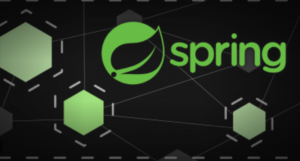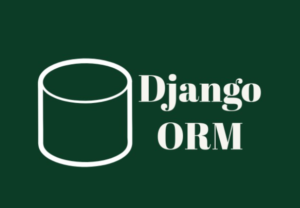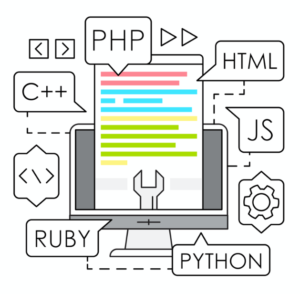Django is a high-level Python web framework that follows the model-view-controller (MVC) architectural pattern. It provides a solid foundation for building web applications quickly and efficiently. In this comprehensive guide, I’ll walk you through the steps to get started with Django.
- Set up your development environment:
- Install Python: Django is a Python framework, so make sure you have Python installed on your system. You can download the latest version of Python from the official website (https://www.python.org).
- Install Django: Once you have Python installed, open your command prompt or terminal and use the following command to install Django:
pip install django
- Create a new Django project:
- Open your command prompt or terminal and navigate to the directory where you want to create your Django project.
- Run the following command to create a new Django project:
django-admin startproject projectname
Replace “projectname” with the desired name for your project.
- Navigate into the project directory:
- Change to the project directory using the following command:
cd projectname
- Create a Django application:
- A Django project can have multiple applications. Applications are modular components that handle specific functionality of your project.
- Run the following command to create a new Django application within your project:
python manage.py startapp appname
Replace “appname” with the desired name for your application.
- Configure the database:
- Django provides support for various databases. Open the
settings.pyfile in your project’s directory and locate theDATABASESsetting. - Configure the database settings according to your requirements. For example, you can use the default SQLite database for development purposes:
python DATABASES = { 'default': { 'ENGINE': 'django.db.backends.sqlite3', 'NAME': os.path.join(BASE_DIR, 'db.sqlite3'), } }
- Run database migrations:
- Django uses migrations to manage database schema changes. Run the following command to apply the initial migrations:
python manage.py migrate
- Create a superuser:
- Django’s authentication system allows you to create a superuser account to manage the admin interface. Run the following command and follow the prompts:
python manage.py createsuperuser
- Start the development server:
- Run the following command to start the development server:
python manage.py runserver
- Access the admin interface:
- Open your web browser and go to
http://localhost:8000/admin. - Log in using the superuser credentials you created earlier.
- Create views, URLs, and templates:
- Define views: Views handle the logic behind different web pages. Create a file called
views.pyin your application directory and define your views using Python functions or classes. - Define URLs: URLs map to specific views. Create a file called
urls.pyin your application directory and define the URL patterns. - Create templates: Templates contain the HTML structure of your web pages. Create a directory called
templatesin your application directory and add your HTML templates.
- Define views: Views handle the logic behind different web pages. Create a file called
- Connect views, URLs, and templates:
- Open the
urls.pyfile in your project’s directory and import your application’s URL patterns. - Add your application’s URL patterns to the URL configuration.
- Open the
- Run your application:
- Start the development server again if it’s not already running:
python manage.py runserver- Open your web browser and access your application using
Congratulations! You have now created a Django project and built the basic structure for your web application. From here, you can continue building your application by adding models, forms, authentication, and more, according to your project’s requirements.
Django provides extensive documentation that covers all aspects of web development with the framework. Make sure to refer to the official Django documentation (https://docs.djangoproject.com/) for more detailed information and advanced topics.




